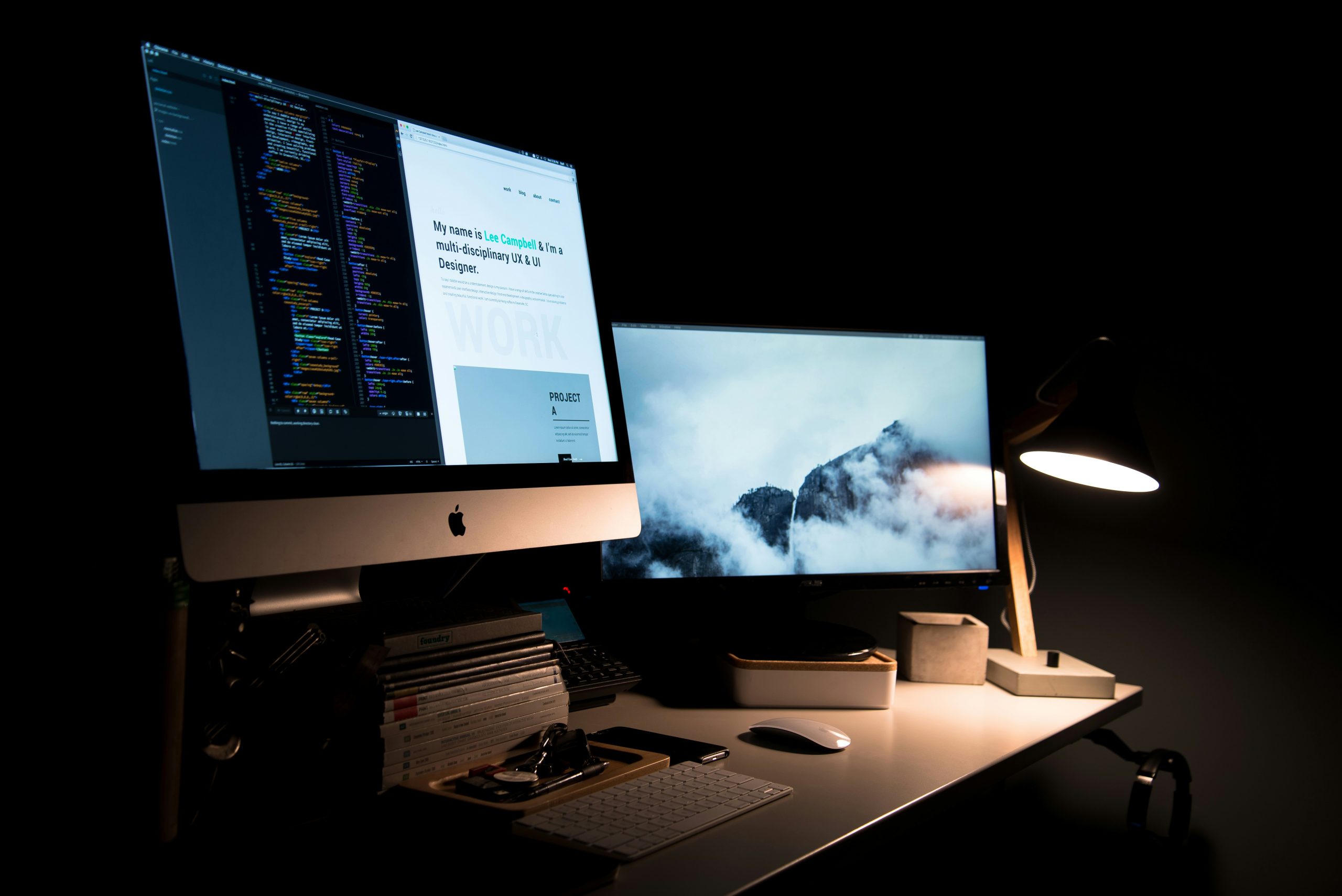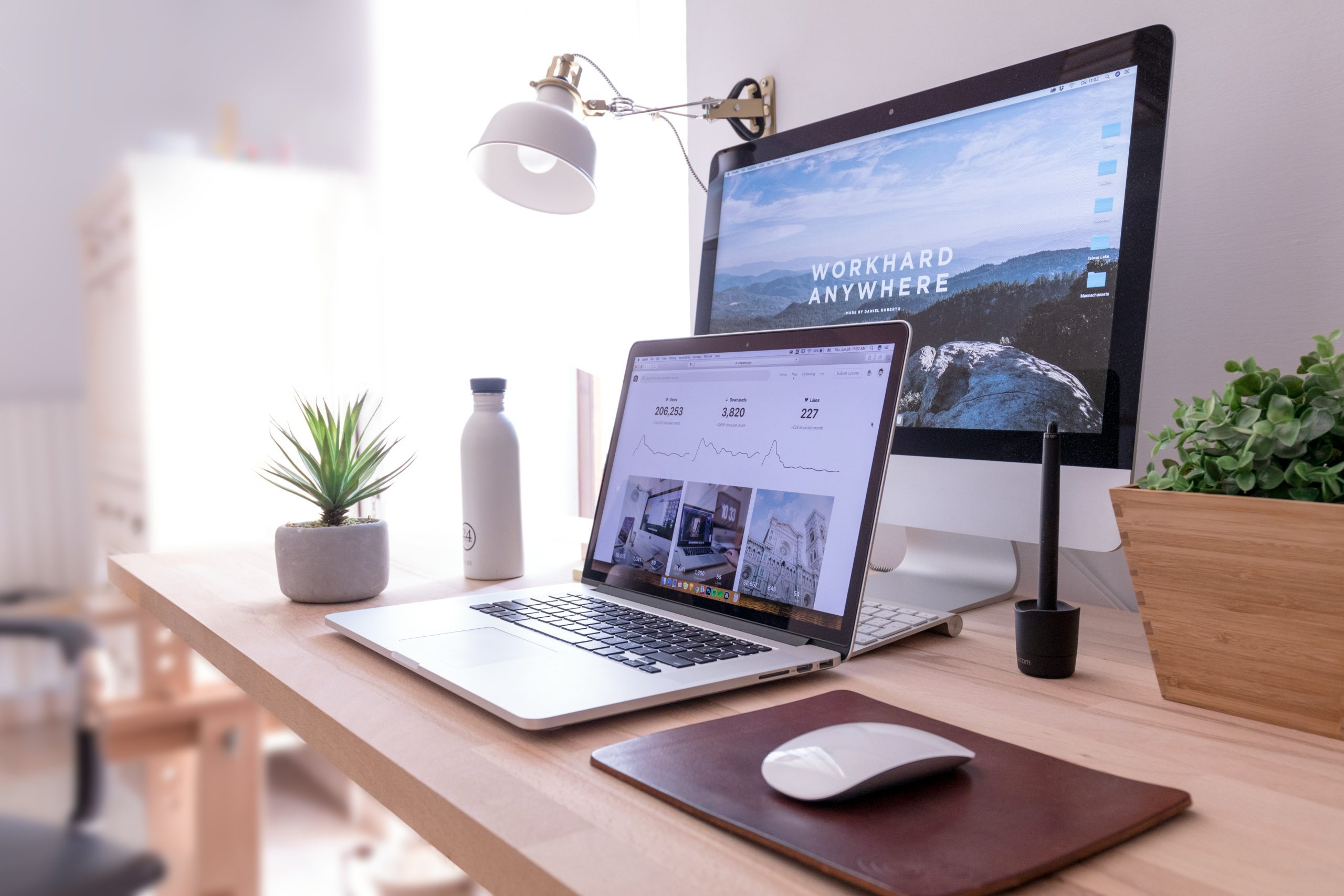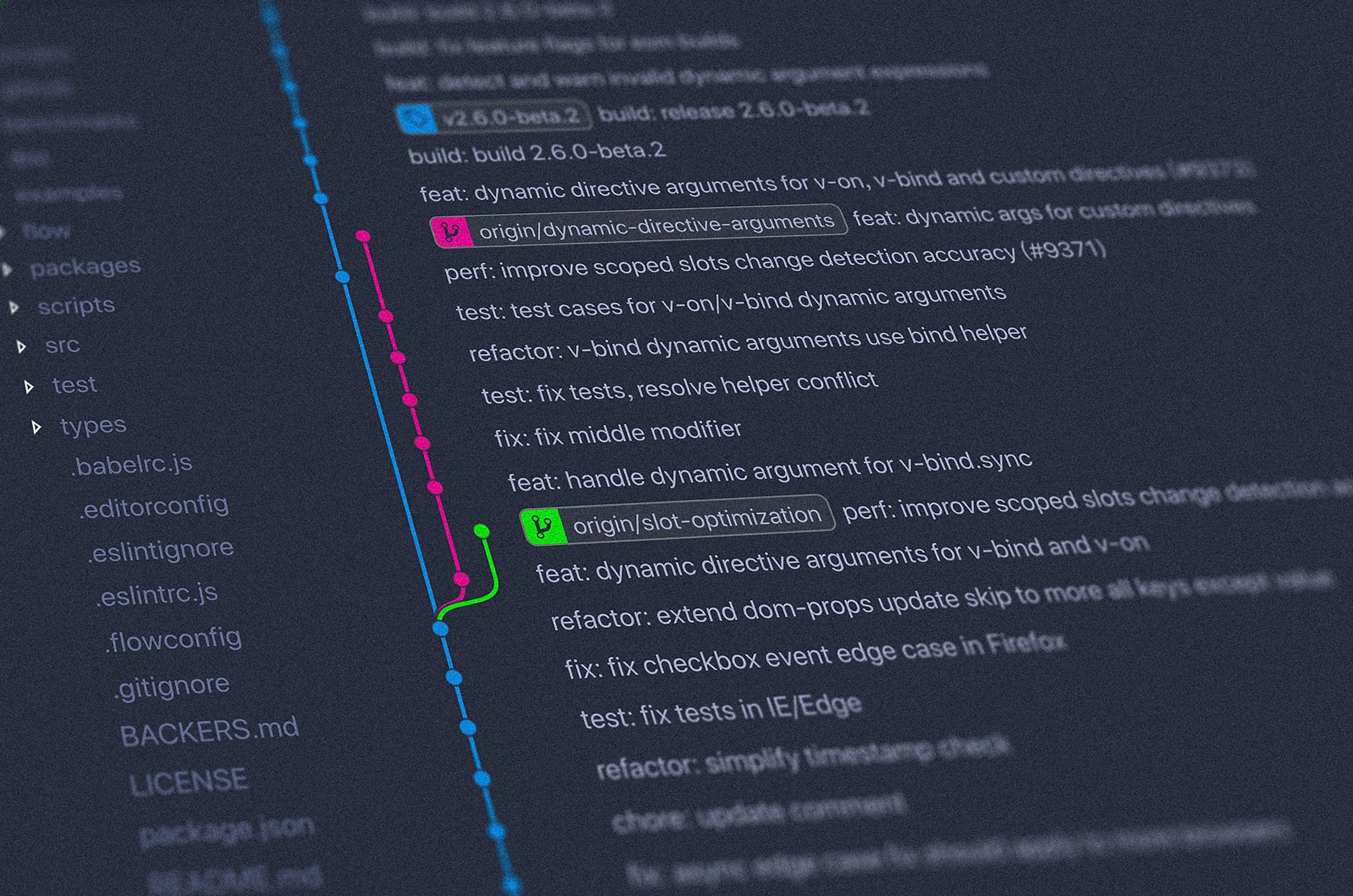Understanding Remote Usability Testing: Enhancing User Experience from Afar
In the digital age, providing an exceptional user experience (UX) is crucial for maintaining a competitive edge. Remote usability testing is a powerful tool in achieving this goal. But what exactly is it, and why does it matter? Remote usability testing involves evaluating a product with real users over the internet, facilitating feedback collection without geographical restrictions. This method has become increasingly pivotal, especially with the rise of remote work and global digital products.
The Importance of Remote Usability Testing
Remote usability testing offers a unique advantage: it allows companies to gather insights from diverse user demographics in real-time. According to a study by the Nielsen Norman Group, usability tests uncover a product’s problems 85% of the time, thus enhancing usability significantly. This process not only reduces costs associated with in-person testing but also accelerates the feedback loop, leading to more agile product development.
Benefits of Remote Usability Testing
Increased Accessibility and Diversity
One of the standout features of remote usability testing is its accessibility. It opens doors to participants globally, offering insights into a wider range of user behaviors and expectations. This diversity leads to a more inclusive product design, catering to varied user needs and preferences.
Cost-Effectiveness
Conducting remote testing is generally more economical than hosting in-person sessions. It eliminates travel expenses and reduces logistical complexities, allowing companies to allocate resources where they’re most needed, such as further developing and refining features.
Real-world Environment Testing
Remote usability testing lets users operate in their natural, real-world environments. This provides more authentic feedback as participants are not influenced by unfamiliar test settings. It results in insights that are more reflective of actual user interactions with your product.
Best Practices for Effective Remote Usability Testing
Selecting the Right Tools
Choosing the appropriate platforms is crucial for smooth operation and reliable data. Popular tools like UserTesting, Lookback, and Optimal Workshop offer robust features that facilitate effective remote usability testing. They provide video recordings, real-time feedback, and comprehensive analytics.
Defining Clear Objectives
Before commencing tests, it’s vital to establish what you aim to achieve. Clear objectives lead to structured tests and relevant findings. Whether it’s identifying navigation issues or evaluating new features, understanding your goals helps in designing focused test scenarios.
Recruiting the Right Participants
The success of usability testing largely depends on the participants. Recruit individuals that epitomize your target user base. This ensures the feedback is applicable and insightful for your product enhancement. Use platforms like Respondent or User Interviews to streamline the recruitment process.
Analyzing Feedback Effectively
After gathering feedback, synthesize the data to identify common pain points and areas for improvement. Utilize qualitative and quantitative data analysis methods for a comprehensive understanding. This step is critical to converting user insights into actionable design improvements.
Conclusion: The Future of Remote Usability Testing
Remote usability testing continues to evolve as an indispensable part of UX design. By leveraging its benefits—accessibility, cost-effectiveness, and genuine feedback—it enables companies to create user-centric products that resonate with a global audience. As digital transformation progresses, understanding and integrating remote usability testing into your design process will be crucial to staying ahead in an increasingly competitive landscape.
By embracing this method, businesses can refine their digital products, improve user satisfaction, and ultimately, achieve greater success in the market.




